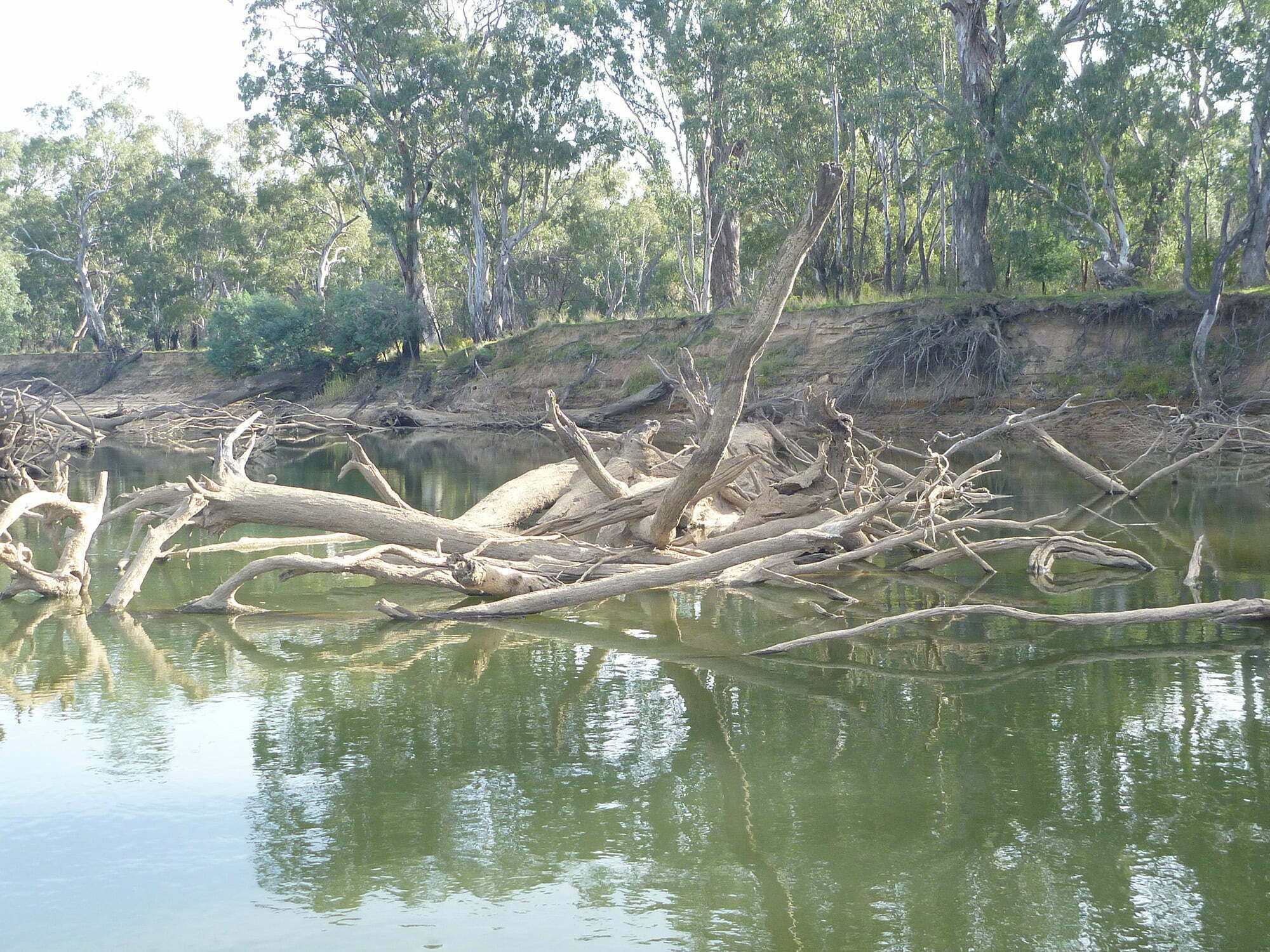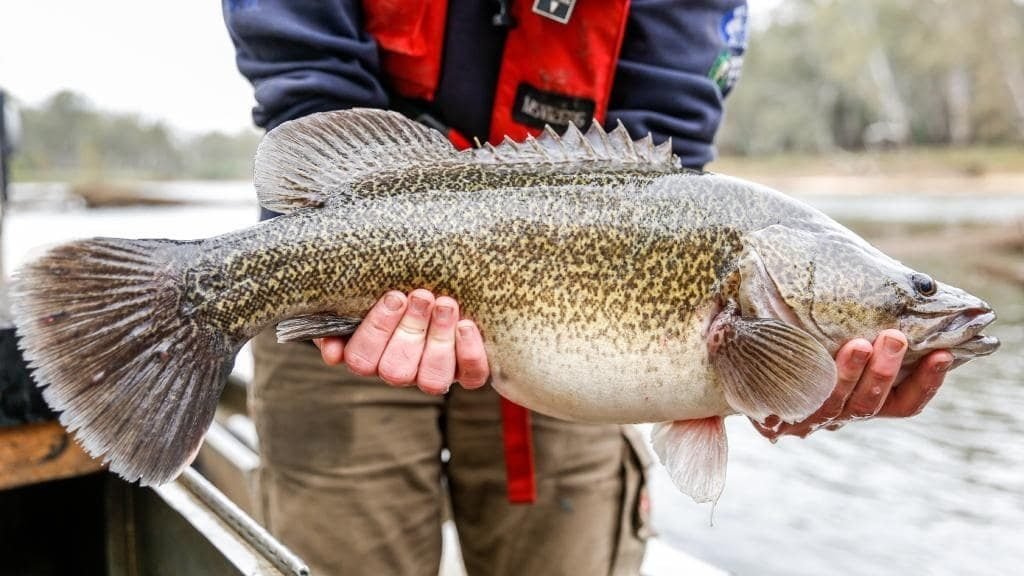A recent study (Tonkin et.al, 2020) has found a positive correlation between the density of in-stream woody habitats and freshwater fish abundance. Notably, the Murray cod and River blackfish had the strongest positive relationship with in-stream woody habitats. In-stream woody habitats, also known as ‘snags’, are essential natural parts of an ecosystem. They comprise fallen logs or trees, and support the structural, ecological and chemical wellbeing of rivers and streams.
Many in-stream woody habitats have been removed to improve boating accessibility, provide access for recreational use or for river appearance (we tend to like our rivers to be ‘neat and tidy’). Removing these essential components of river habitats has, however, reduced native fish numbers, as the wood provides homes, food and safety from predators. Another consequence of removing in-stream woody habitat is that river beds and banks become more unstable, with erosion rates increasing, and sediment like sand and silt mobilising so that it negatively impacts on water quality (the water becomes more turbid). These impacts all lead to an overall decline in river health.

Dense in-stream woody habitats (as shown in the photo above) create an environment where native freshwater fish are more likely to live. The study by Tonkin et.al, 2020, showed that some fish species at different life-cycle stages were more likely to respond positively, and it was often waterway specific. 335 sites across eight different streams were studied to explore the link between in-stream habitat attributes and selected fish species of recreational, cultural and ecological significance. The data collected measured fish abundance, fish length, in-stream woody habitat density and other habitat attributes.
The Murray cod species had the strongest association with dense woody habitats, meaning that Murray cod were the most likely to be found in abundance in in-stream woody habitats. We know that Murray cod are territorial and lay their eggs on the river bed with wood protecting them, so this confirmed much of what we have already learnt about this species.

What was interesting, however, was that another species that had a significant relationship with dense woody habitats is the River blackfish. The study found that the River blackfish’s ideal habitat has both snags and boulders. These are especially important during the species breeding season, as the females lay their eggs in crevices amongst boulders and submerged logs. The eggs are then protected by the male until hatched (also true for the Murray cod where ‘Dad’ looks after the nest). Without this habitat then, the survival of the fish is threatened.

The findings of this study indicate that restoration work on rivers requires in-stream woody habitat, and is particularly important for Murray cod and River Blackfish. More work needs be done to investigate the relationship between in-stream woody habitat and other fish species. You can read the full paper by following the link here.

Australian scientists share 30 actions we can take to save the Murray-Darling Basin’s native fish
Twelve of Australia’s top fisheries scientists have come together with a summary of 30 priority actions urgently needed to restore MDB native fishes.
All of us who care for native fish can use this summary to support our own efforts – whether it be applying for grants, lobbying policy makers or restoring the habitats in which native fish can thrive.



